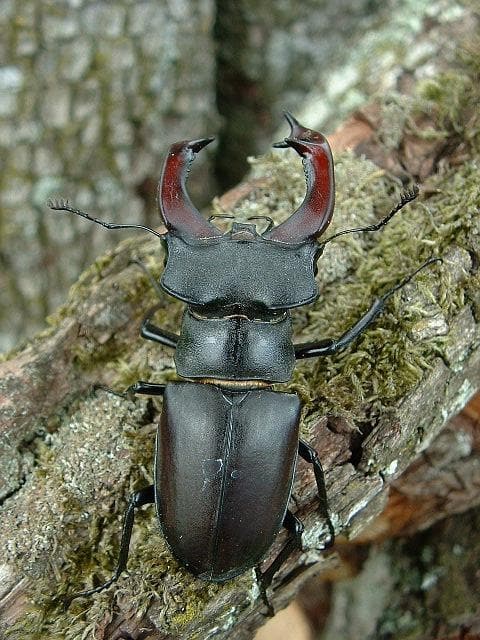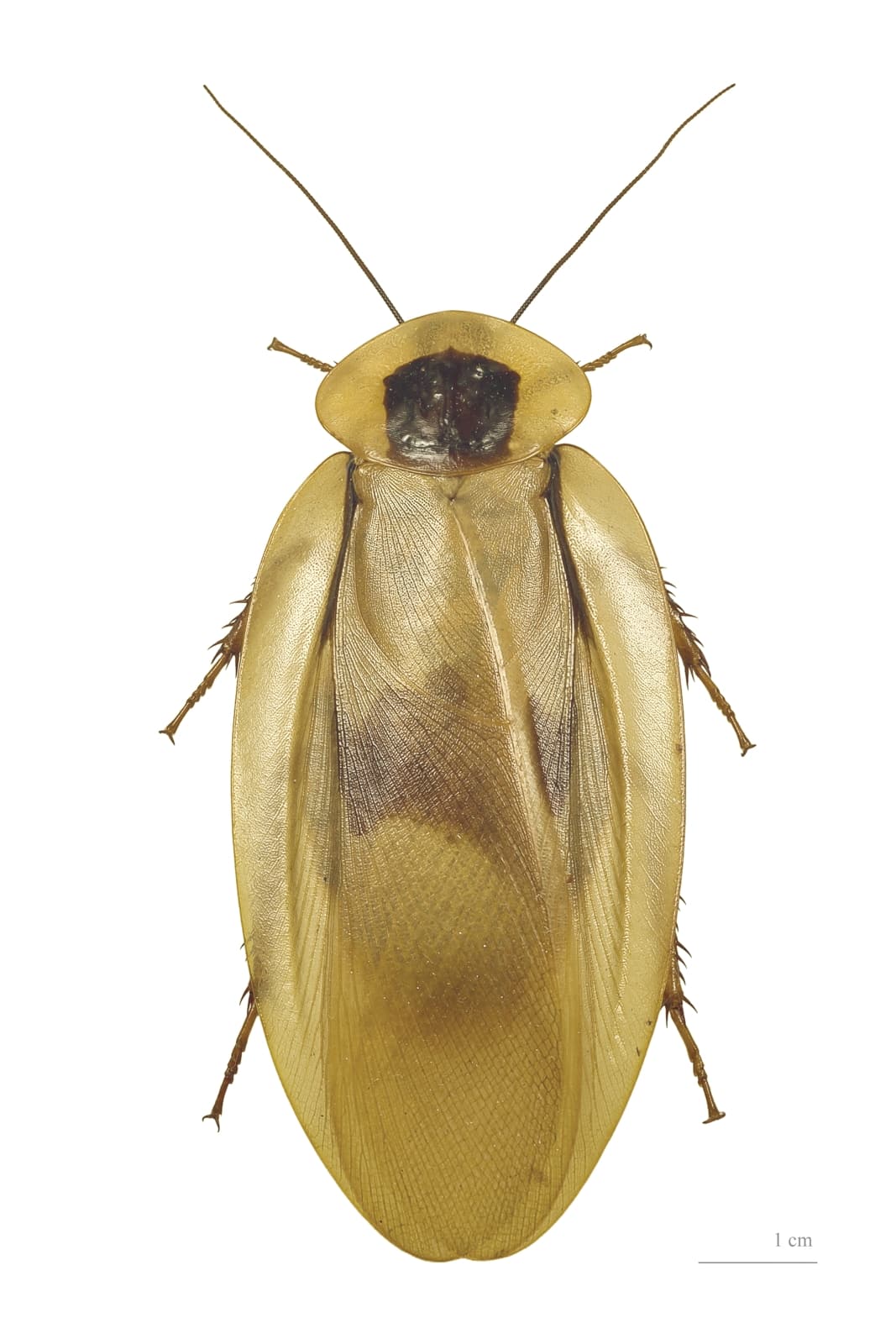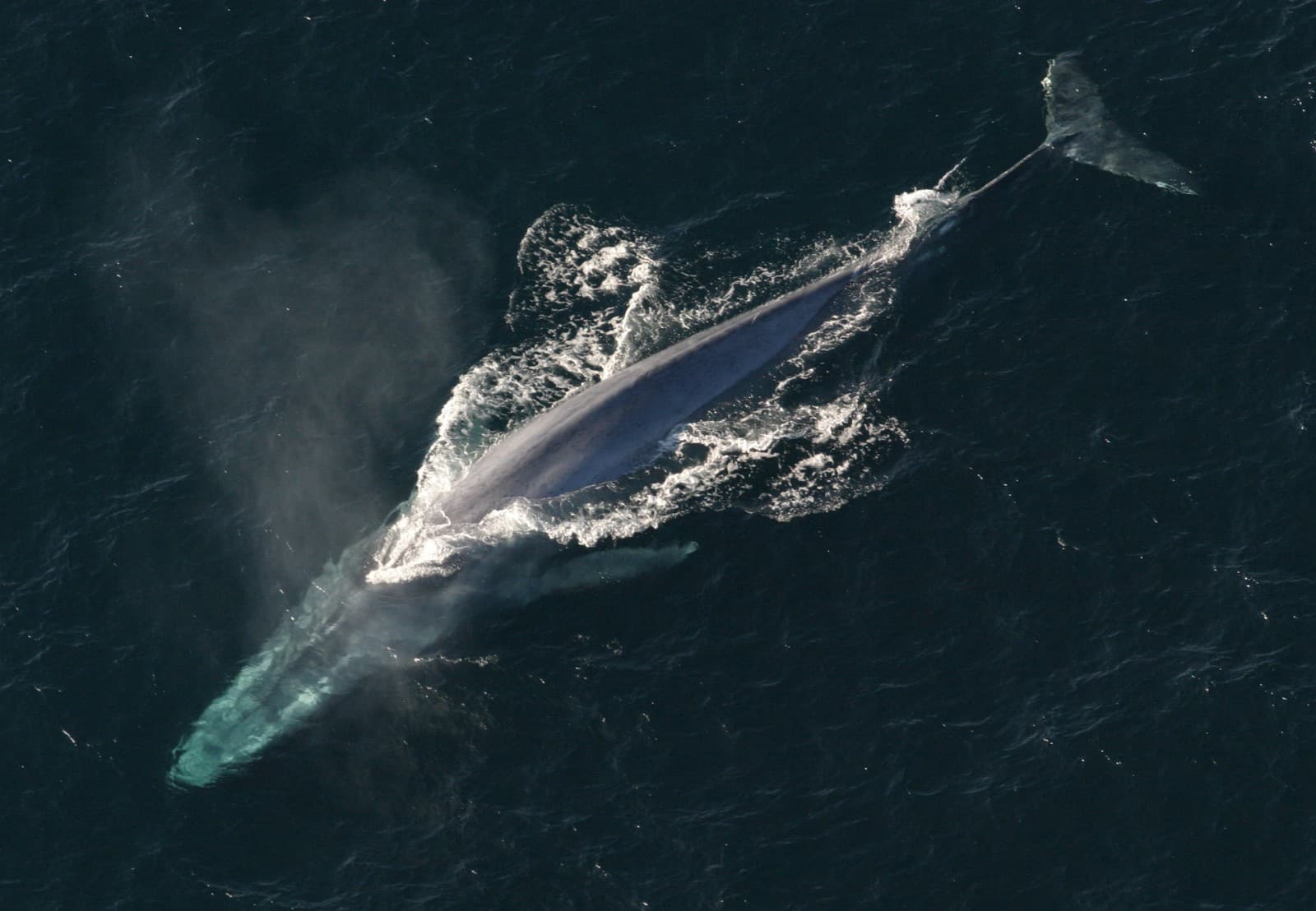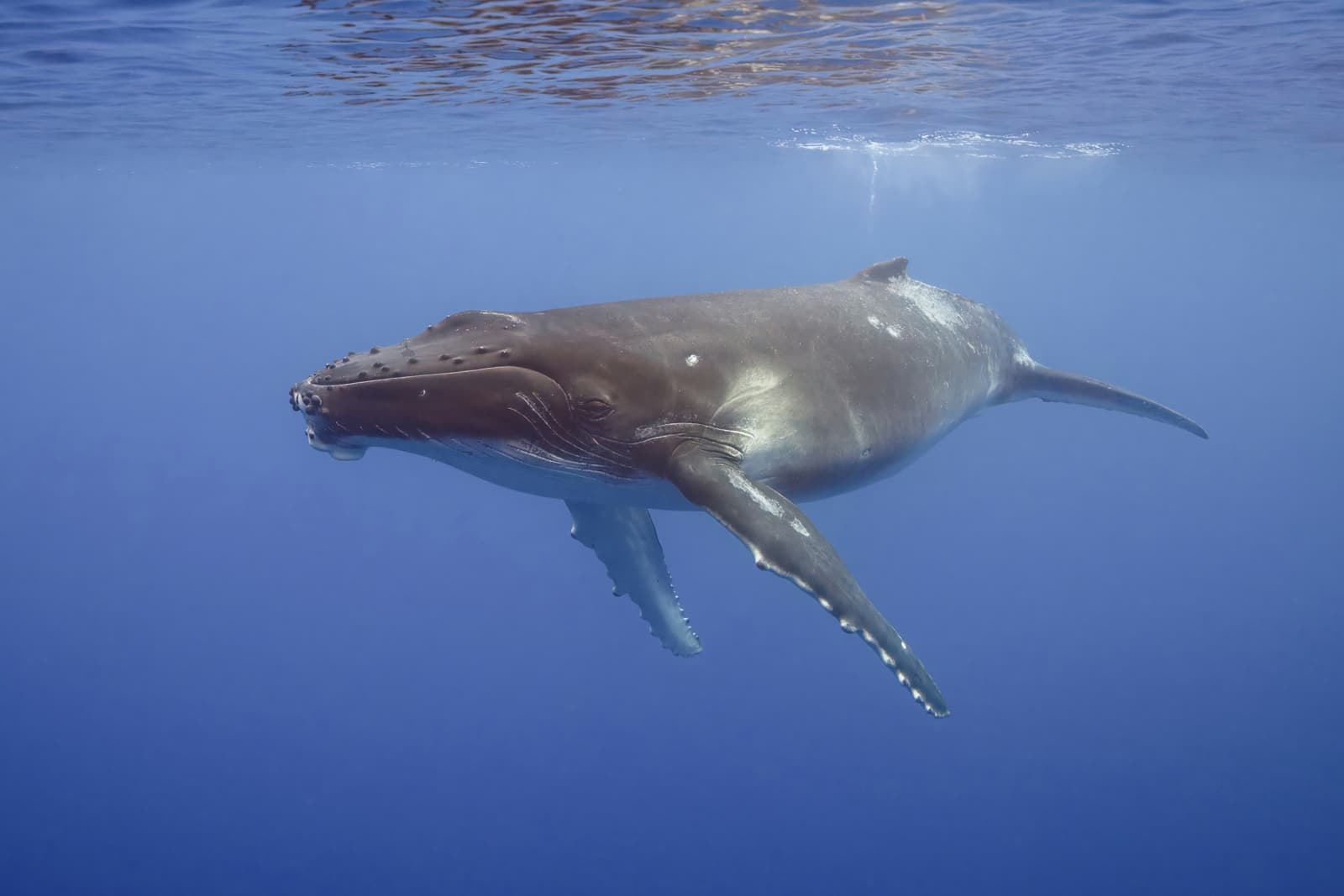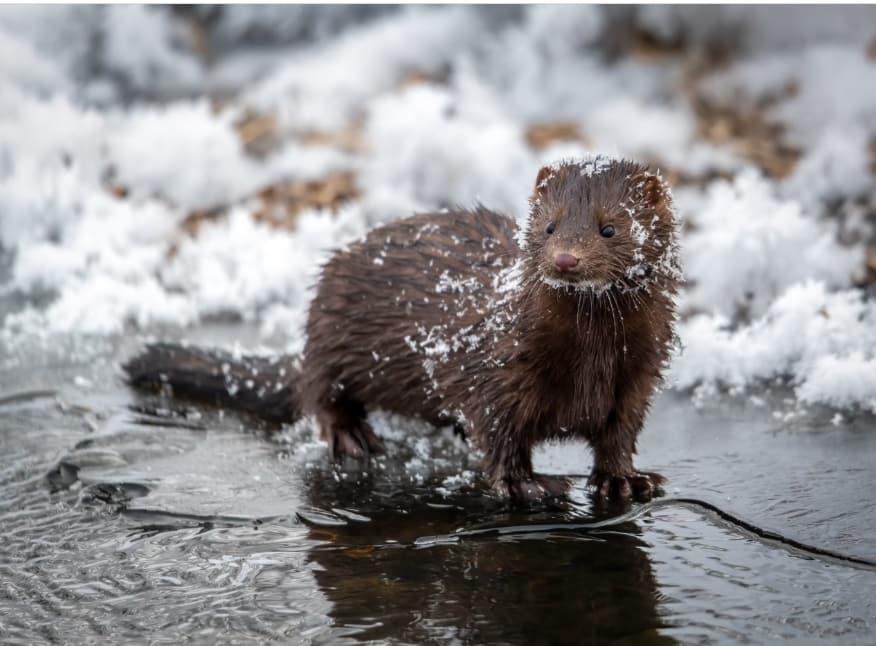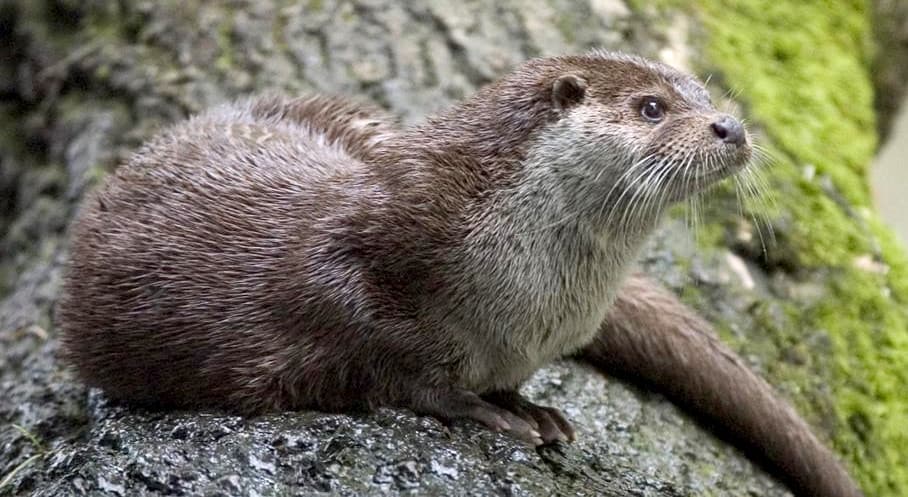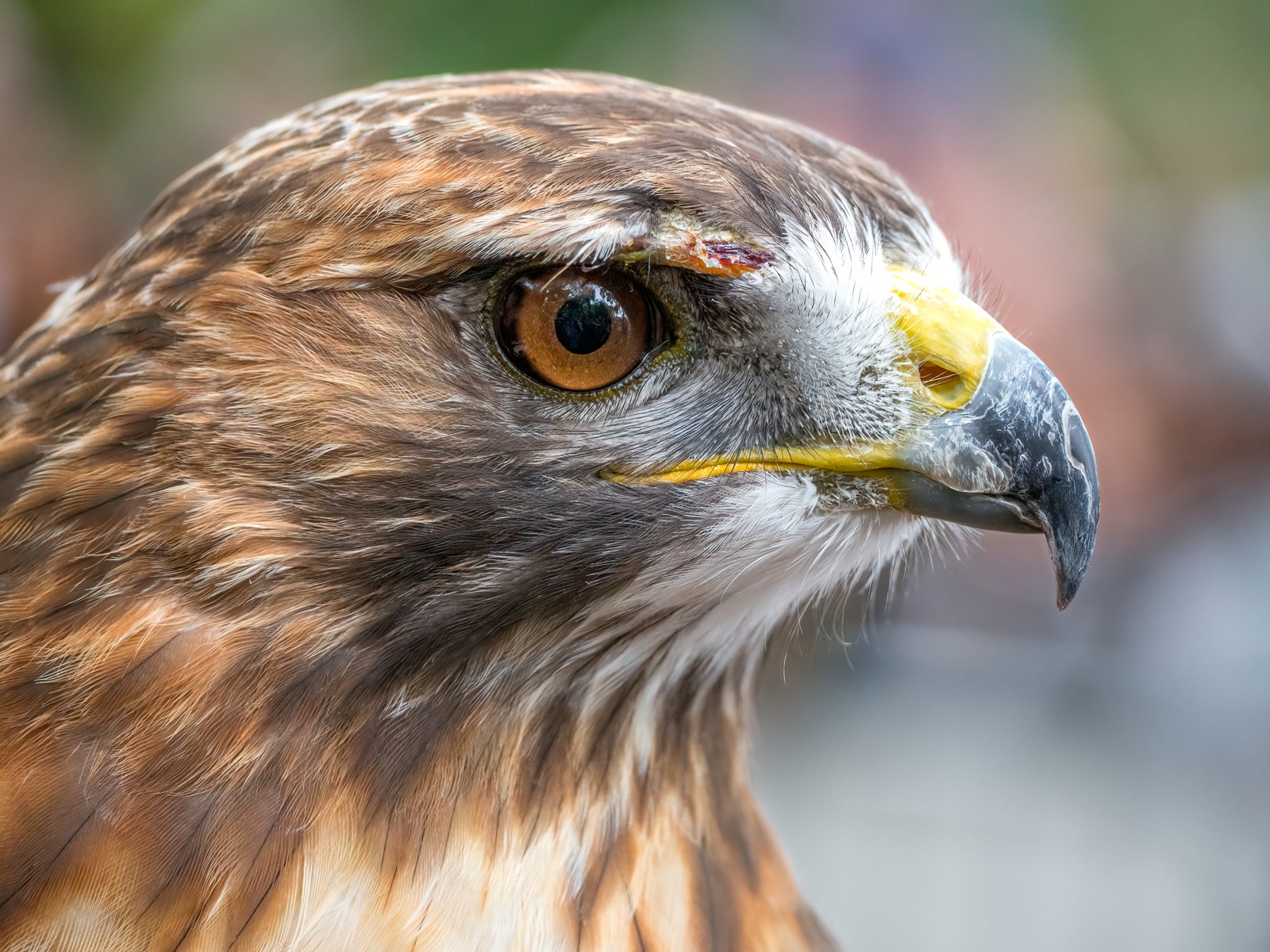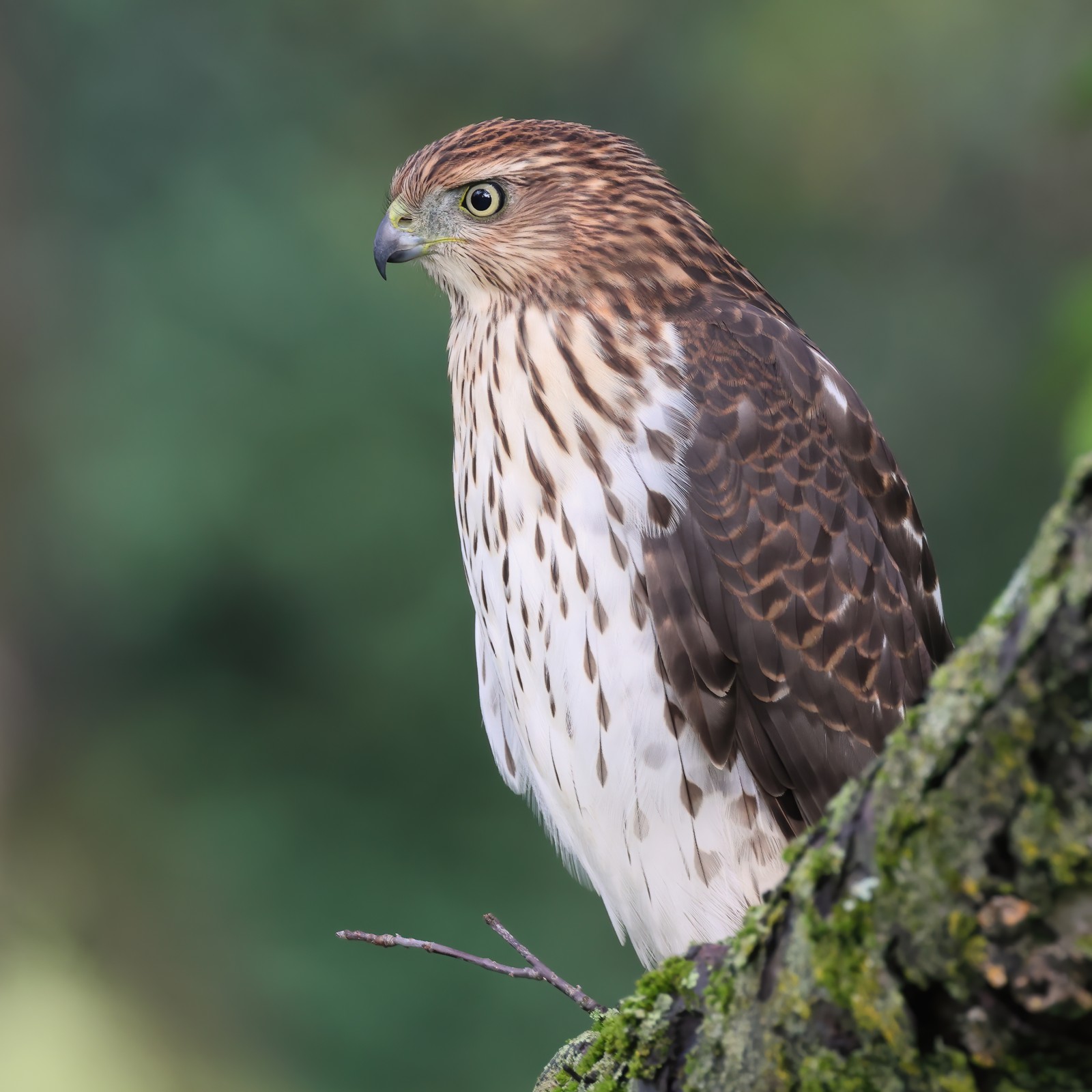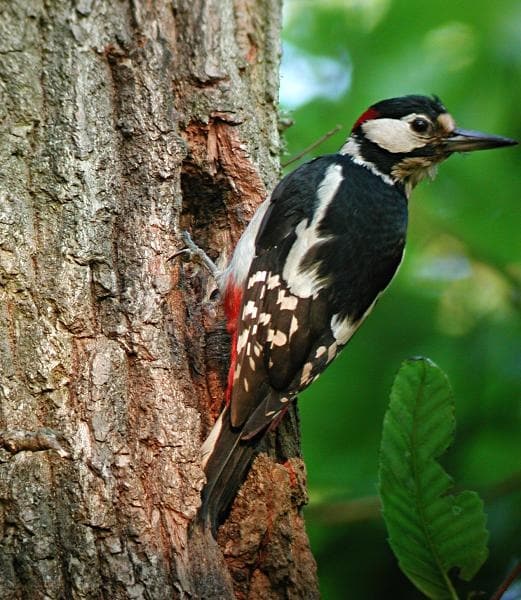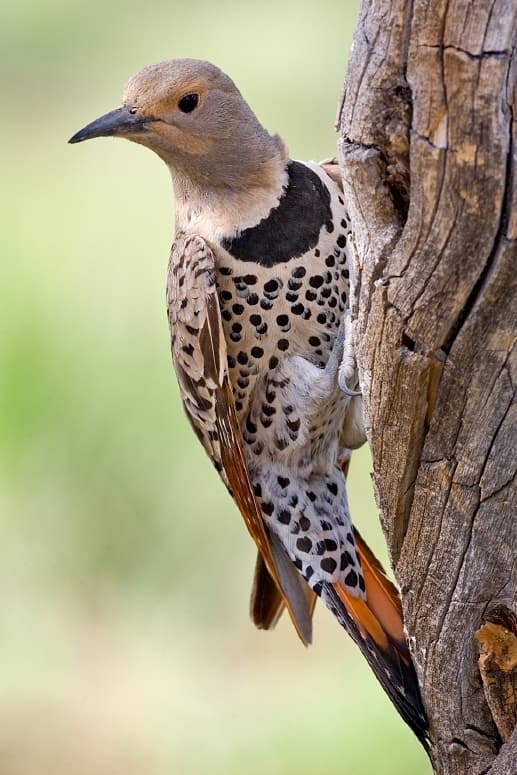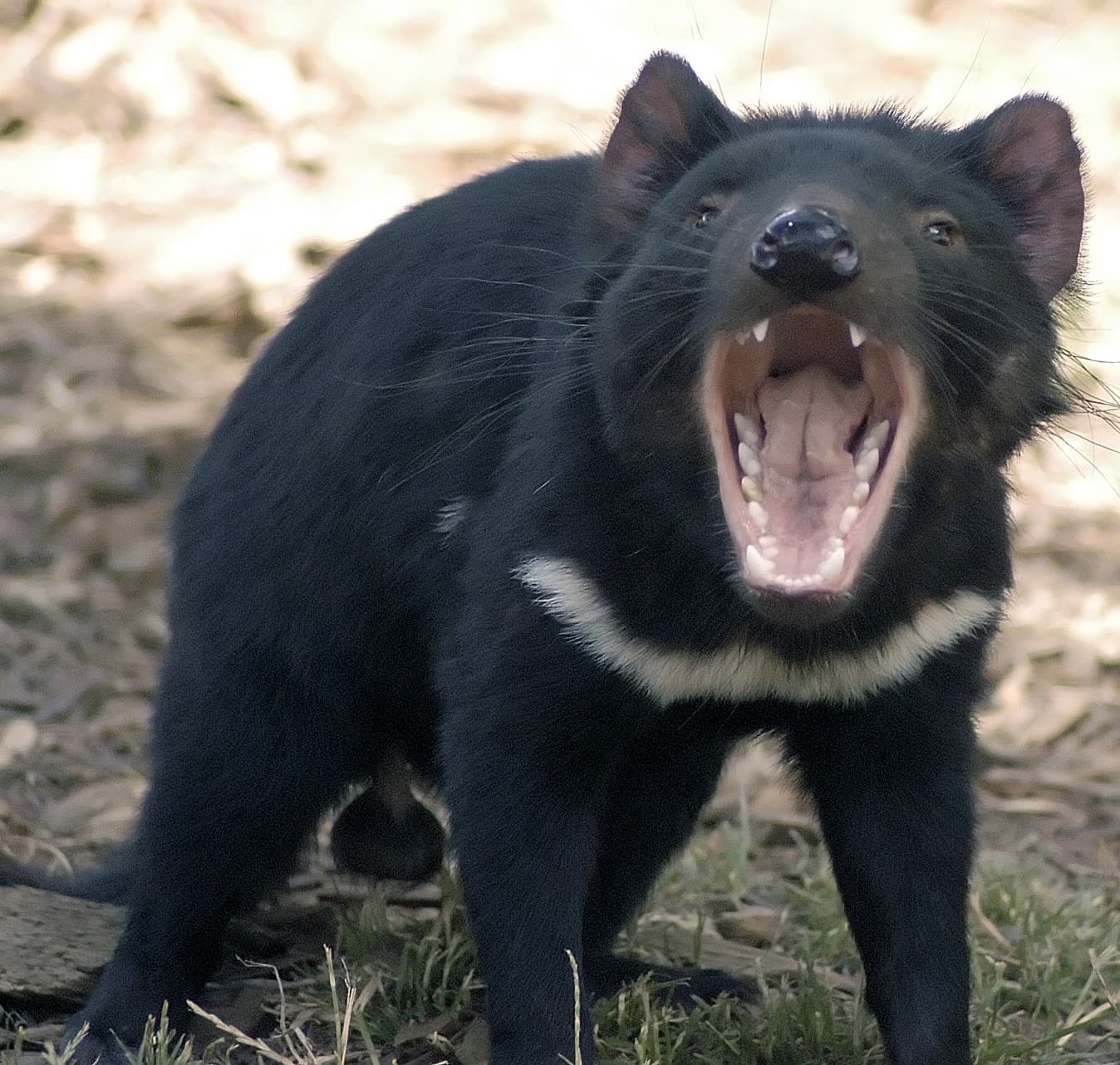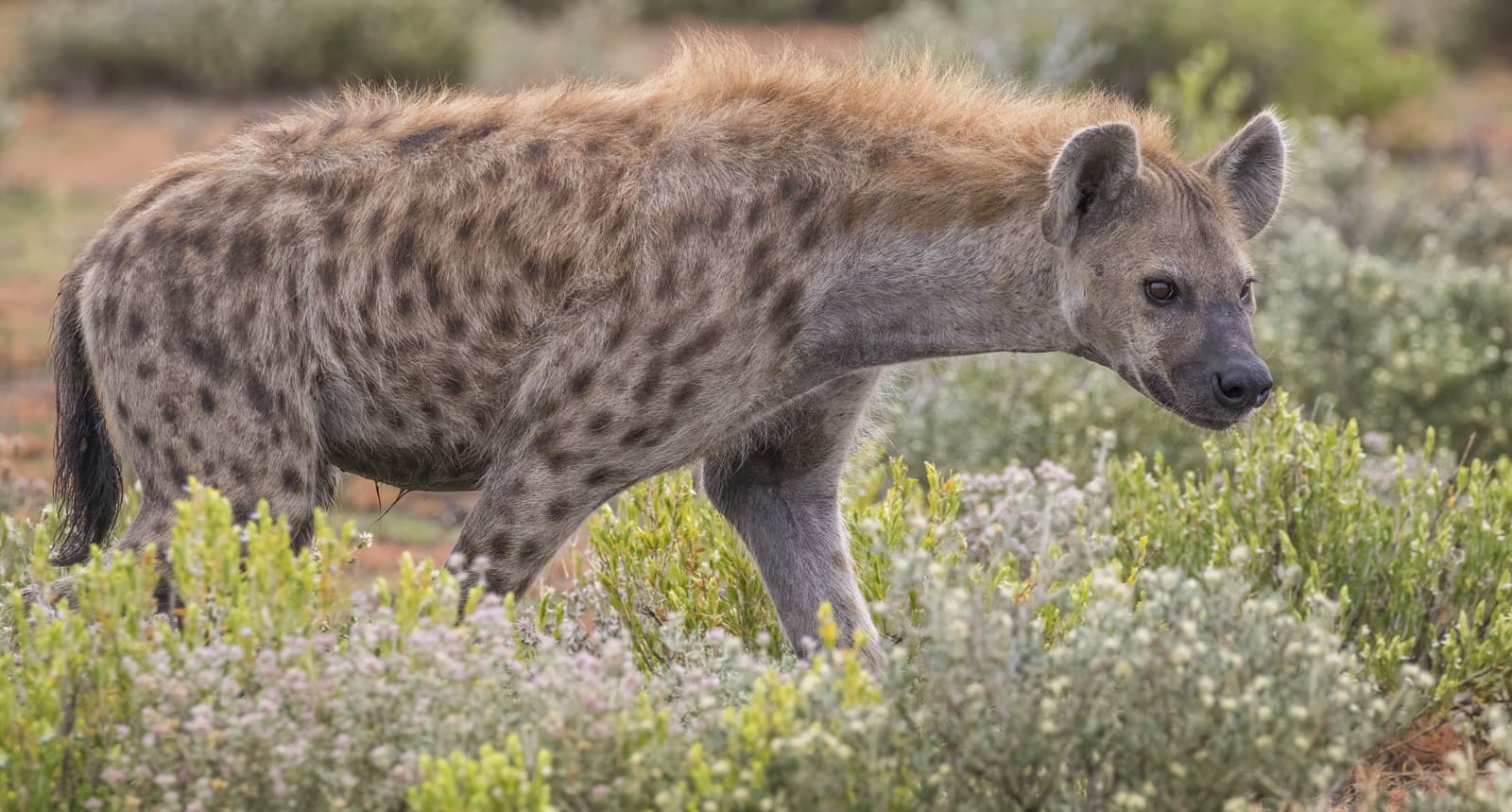Cockroach vs Waterbug: A Complete Comparison
Despite common confusion, cockroaches and waterbugs are distinctly different insects with unique characteristics and behaviors. While cockroaches belong to the order Blattodea with roughly 4,600 species, true waterbugs are members of the family Belostomatidae, comprising only about 150 species worldwide. The size difference is particularly notable, with waterbugs reaching lengths of up to 4 inches (10.2 cm), nearly twice the size of most common cockroach species.
Understanding the distinction between cockroaches and waterbugs is crucial for both identification and control purposes. These insects occupy different ecological niches, exhibit distinct feeding behaviors, and require different management approaches when they become household pests. Let’s explore their key differences through detailed analysis and expert insights.
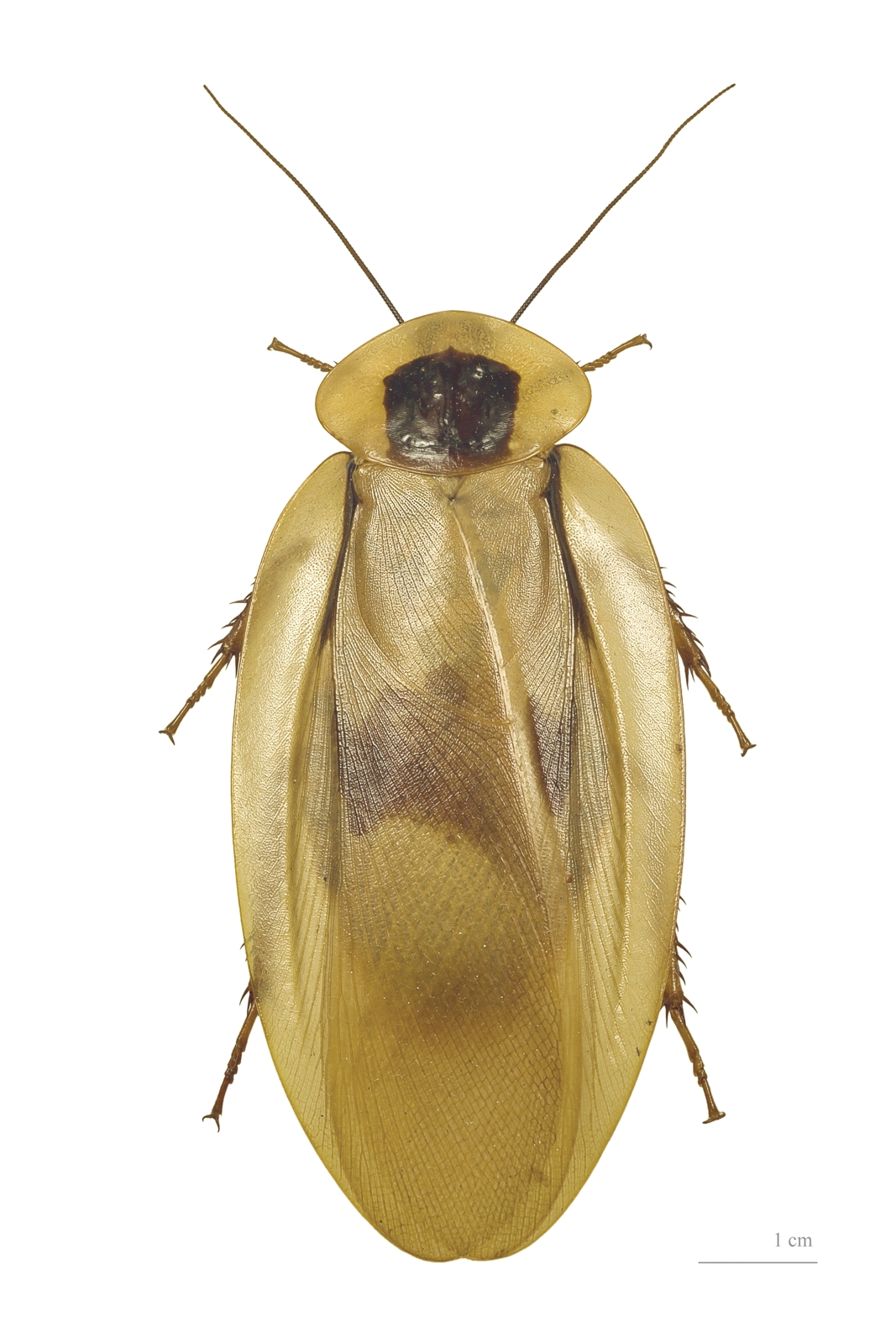
© Didier Descouens / CC BY-SA 3.0
The common cockroach exhibits the characteristic oval body shape and long antennae typical of the Blattodea order. Note the distinctive golden-brown coloration and segmented body structure that helps distinguish it from waterbugs.
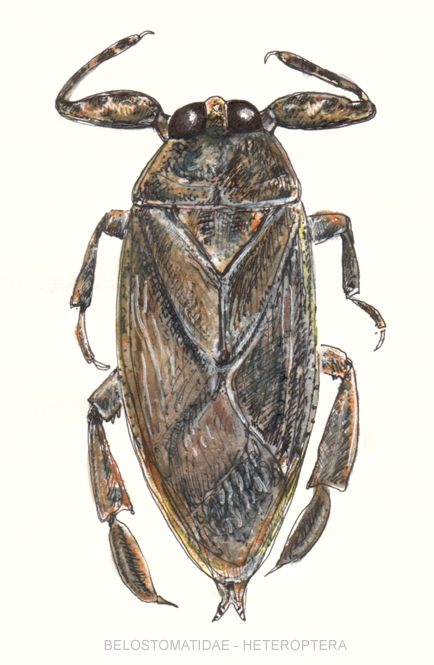
© Halvard : from Norway. / CC BY-SA 3.0
The giant waterbug showcases its powerful front legs and robust aquatic body design. These predatory insects are significantly larger than cockroaches and possess specialized adaptations for their aquatic lifestyle.
Key Differences Between Cockroaches and Waterbugs
| Feature | Cockroach | Waterbug |
|---|---|---|
| Size | 0.5-2 inches (1.3-5.1 cm) | 1.5-4 inches (3.8-10.2 cm) |
| Habitat | Terrestrial, prefer dark, warm spaces | Aquatic, found in freshwater bodies |
| Diet | Omnivorous scavengers | Predatory, feeds on small fish and amphibians |
| Legs | Thin, adapted for running | Robust, adapted for swimming and grabbing prey |
| Antennae | Long, prominent | Short, less noticeable |
| Bite Capability | Rarely bite humans | Can deliver painful bite if handled |
Habitat and Behavior
Cockroaches are primarily terrestrial insects that thrive in warm, dark environments. They commonly inhabit human structures, seeking out moisture and food sources in kitchens, bathrooms, and basements. In contrast, waterbugs are aquatic predators that live in ponds, lakes, and slow-moving streams, only occasionally venturing onto land during mating seasons or when seeking new water sources.
Diet and Hunting Strategies
While cockroaches are opportunistic omnivores that feed on organic matter, crumbs, and food waste, waterbugs are skilled predators. Giant waterbugs use their powerful front legs to catch and consume small fish, tadpoles, and even small snakes. They inject digestive enzymes into their prey, liquefying the internal tissues before consumption.
Identification Tips
How to Identify a Cockroach
- Flat, oval body shape
- Long, distinctive antennae
- Quick, darting movements
- Usually brown to dark brown coloration
- Visible when lights are turned on
How to Identify a Waterbug
- Larger, more robust body
- Short, paddle-like legs
- Usually dark brown to black
- Capable of flying
- Found near water sources
Control and Management
Different approaches are required for managing these insects. Cockroach control typically involves:
- Sealing entry points
- Maintaining cleanliness
- Using baits and traps
- Professional pest control services
Waterbug management focuses on:
- Reducing outdoor lighting
- Securing pool areas
- Maintaining proper drainage
- Removing standing water sources
Who Would Win in a Fight?
While this question frequently appears in searches, it’s important to note that these insects rarely encounter each other due to their different habitats. However, if they did meet, the waterbug would likely prevail due to its:
- Larger size (2-3 times bigger)
- Powerful predatory front legs
- Strong bite capability
- Natural hunting instincts
Understanding these differences helps in both identification and appropriate management strategies, ensuring effective control measures when either species becomes problematic in human environments.
